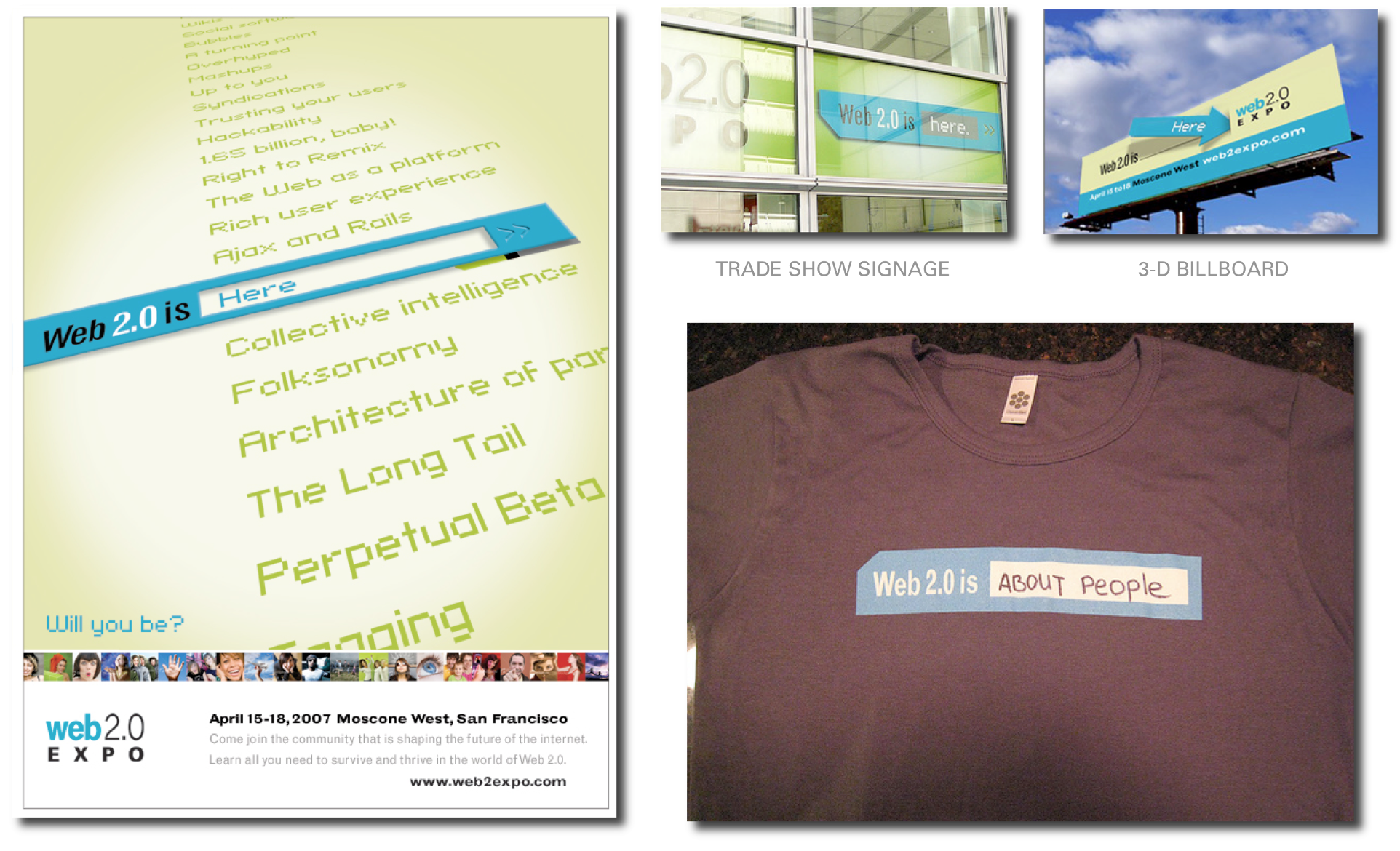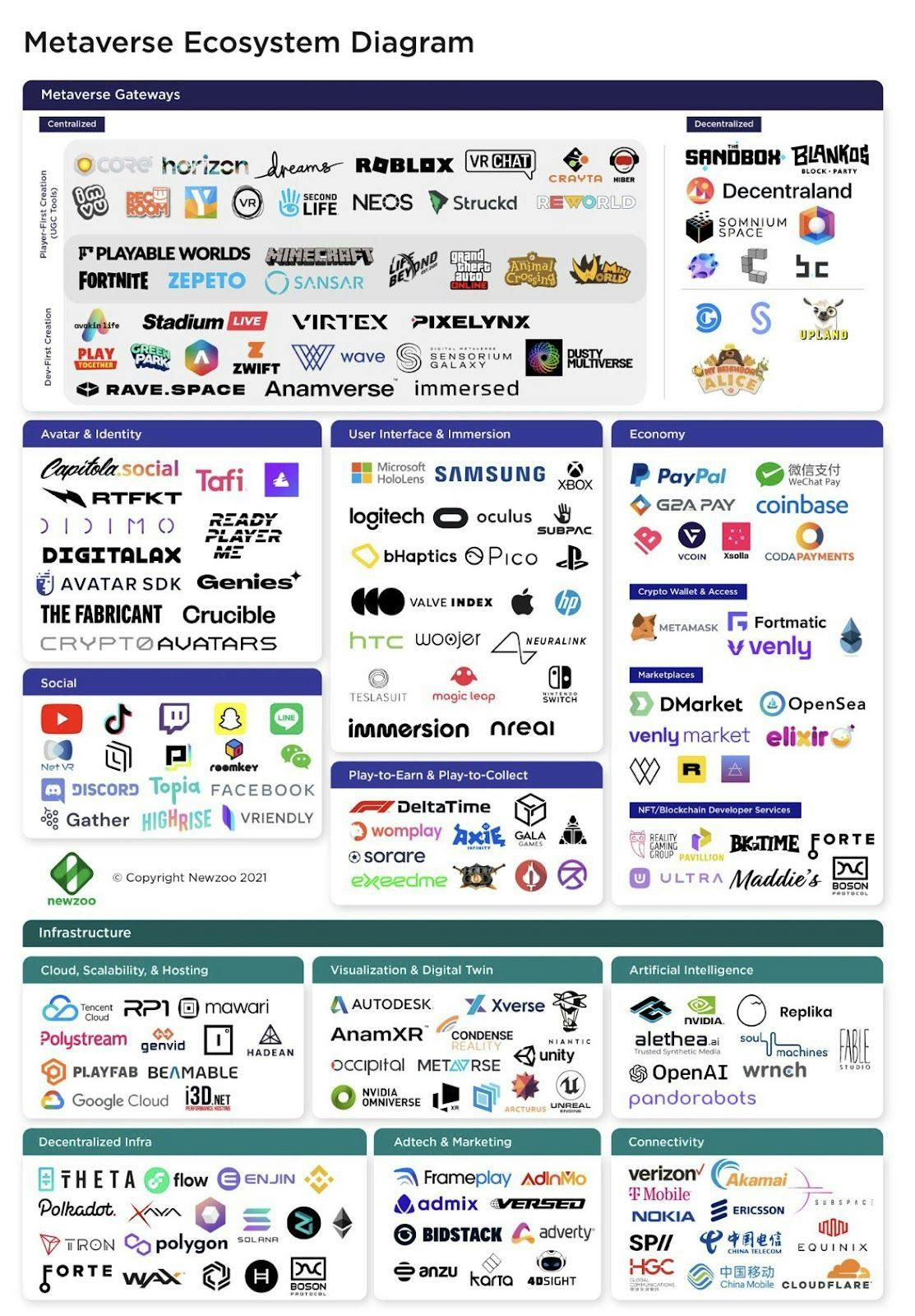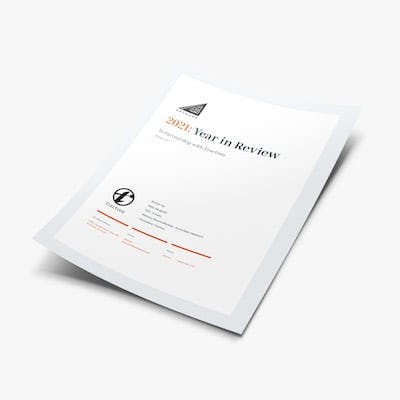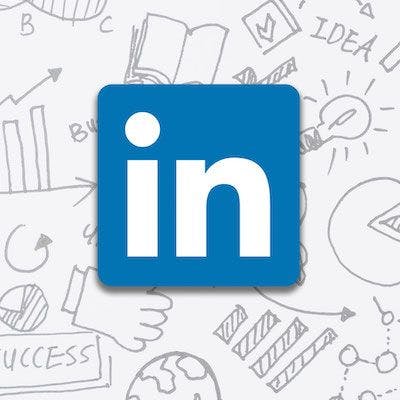Enter the Messyverse

By Adam Kleinberg
You will be able to build the crash pad of your dreams in the metaverse, but there’s one thing you won’t be able to build: a walled garden. Here's why...
How to futureproof your brand in the hot mess of the Metaverse and Web 3.0
The metaverse is far too messy for that.
As marketers clamber to get up to speed on the metaverse, the first question that comes to mind is "what the heck is it?"
The metaverse is a loosely defined term. The thing that makes it "meta" is that it spans both the physical and digital worlds. The "verse" part is because it will be as universally connective as the internet. You'll be able to access it wearing a VR headset, A/R glasses, or simply holding up your phone as a lens to the real world. Regardless, it will be a "place" where people have authentic human connection, build friendships, experience things they might not be able to in the real world or on the internet, and buy things that they might not be able to buy elsewhere.
The first challenge for brands is that the concept of the metaverse is as amorphous as the internet.
In 2004, Traction, the agency I run, did a campaign to launch the Web 2.0 Expo. The concept was simply "Web 2.0 is ________," based on the insight that the answer to that question was different for everyone you asked. The wisdom of crowds? Sure. Social networking? Yep. Web-oriented architecture? Okay.

If the metaverse truly becomes the way we experience Web 3.0, then it will be just as messy a compilation of emerging technologies. NFTs will be integrated into it as an expression of ownership. People will be able to buy "real estate" there—and they won't consider it "fake estate" because it will be authenticated on blockchain. They will be able to pay for it with crypto. They will play games there, but may also work there in a DAO (digitally autonomous organization) where remote collaboration is the new normal.
If anyone tries to sell you on the notion that the metaverse is simply the next iteration of Second Life, look askance. I checked out Second Life when it was supposed to be the hot new thing. It was creepy with strange avatars running around, sometimes interacting with you, then running away. It was messy with the promise to "teleport" anywhere you wanted, but no Google to organize this world's information. And ultimately, it was just kind of lame—which was why it failed.
VR goggles aren't going to change that. In my first visit to the metaverse, I put on my new Oculus Quest 2 and jumped into Meta's Horizon Worlds app. It was like Second Life v. 2.1 — the same experience in 3D and with a microphone. The introduction of audio is compelling, but the lack of content organization made it feel creepy, messy and kind of lame.
The gaming industry has ostensibly created a "Third Life." They've given millions of kids a reason to don their headsets and get their avatars on in a new social media. Playing games is fun. Playing games is social. But Fortnight is not the metaverse. It already has a name. It's called a game.
Mark Zuckerberg has brilliantly pulled a Jedi mind trick on us all and the USPTO by renaming his company Meta. That's akin to me getting a glimpse of early data showing that half the world will soon be subsisting on potato chips, and filing a trademark application to name my company Potato. Potato would stand a pretty good chance at being a big player in the potato chip space.
The very messiness of the metaverse is what ensures it will be no fad. The evolution of digital behavior is inevitable. Emerging technologies that are giving shape to that behavior will become mainstream. The Meta rebrand has been the catalyst for the surge of interest in the metaverse, but we can look to Facebook's history as proof positive of this. Feeds, Stories and Reels are all key elements of Meta's social properties that were introduced because they become popular with users elsewhere.
Brands will need to harness the Messyverse or risk future disruption.
How can you begin to futureproof your brand amidst the chaos? Here are three places to start.
1) Be clear—and honest—about your objectives. Just like on the internet, brands will basically have three paths to walk down—creating experiences people value, buying ads in experiences someone else has created that people value, or selling stuff that people value. Your strategy should be architected around desired business outcomes, not buzzwords.
There is actually a fourth path—getting free press. Miller Lite brilliantly created a "bar" in a virtual world called Decentraland during the Superbowl. They got into the Super Bowl news cycle without spending $6 million on a spot!
2) Start with people. Don't begin with platforms. Consider ethnographies—observe how young people are actually engaging with one another to understand their wants, needs and behavior. They may be playing networked games together, but they are also likely flipping between their communities to hang out together on Discord as they hop from game to game. Should you create a Discord plug-in?
That's just one example, but it illustrates that the metaverse won't live in a handful of virtual walled gardens. It's going to be as messy and diverse as the entire internet. When everyone else is zigging, perhaps you should zag. Insight will be the key to breakout success.
3) Get to know the players. As the diagram below illustrates, the ecosystem around the metaverse is vast. Discovery is a bitch when you're not clear what you're trying to discover. Once you have a clear sense of your goals, it will help you make wise investments of your time into the platforms that are most likely to help you achieve your goals.

The ecosystem around the metaverse is vast—there are "gateways" where people access them and technologies that power everything within them from avatars to social graphs to commerce to gamification. There is the physical hardware it runs on in the users home and all of the infrastructure players that are needed to enable everything from the clouds it is hosted on to the network pipes it connects through to the servers that serve ads in it.
Once you have a clear sense of your goals, it will help you make wise investments of your time into the platforms that are most likely to help you achieve your goals. Discovery is a bitch when you're not clear what you're trying to discover.
One thing is for certain: People will not shape their needs, desires and behavior to the technology of the metaverse. The technology of the metaverse will shape itself to the needs, desires and behaviors of people.
What experiences can you create? Where will you buy ads? What will you sell and how will you sell it?
Welcome to Project Futureproof, Traction's Web 3.0 consulting practice. Our Web 3.0 team consists of thought leaders and subject matter experts across the emerging landscape of Web 3.0. We have developed a one-of-a-kind curriculum to help brand marketers understand how these emerging technologies may impact and leverage design thinking to generate ideas and uncover opportunities to harness them. Contact us at info@tractionco.com if you'd like to learn more about how you can futureproof your brand in the coming wave of emerging technology.

Traction, in partnership with Ascendant Network released a special report providing a marketing summary of 2021, with key trends and implications for 2022.

Former Unilever and IBM exec to lead digital transformation consulting practice at in-house marketing accelerator

Traction, the marketing accelerator for in-house teams, announced today that it has been selected as AOR for LinkedIn Marketing Solutions.
